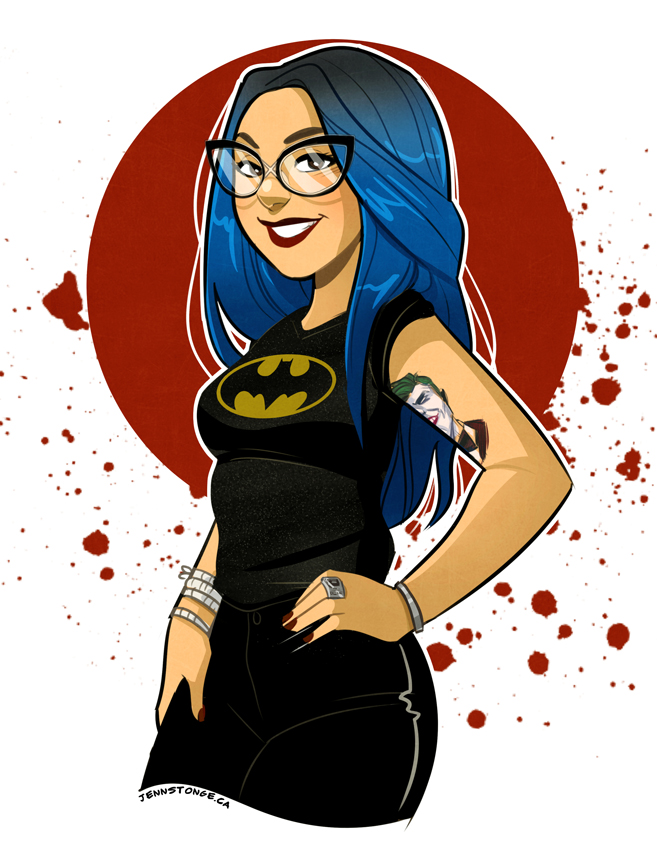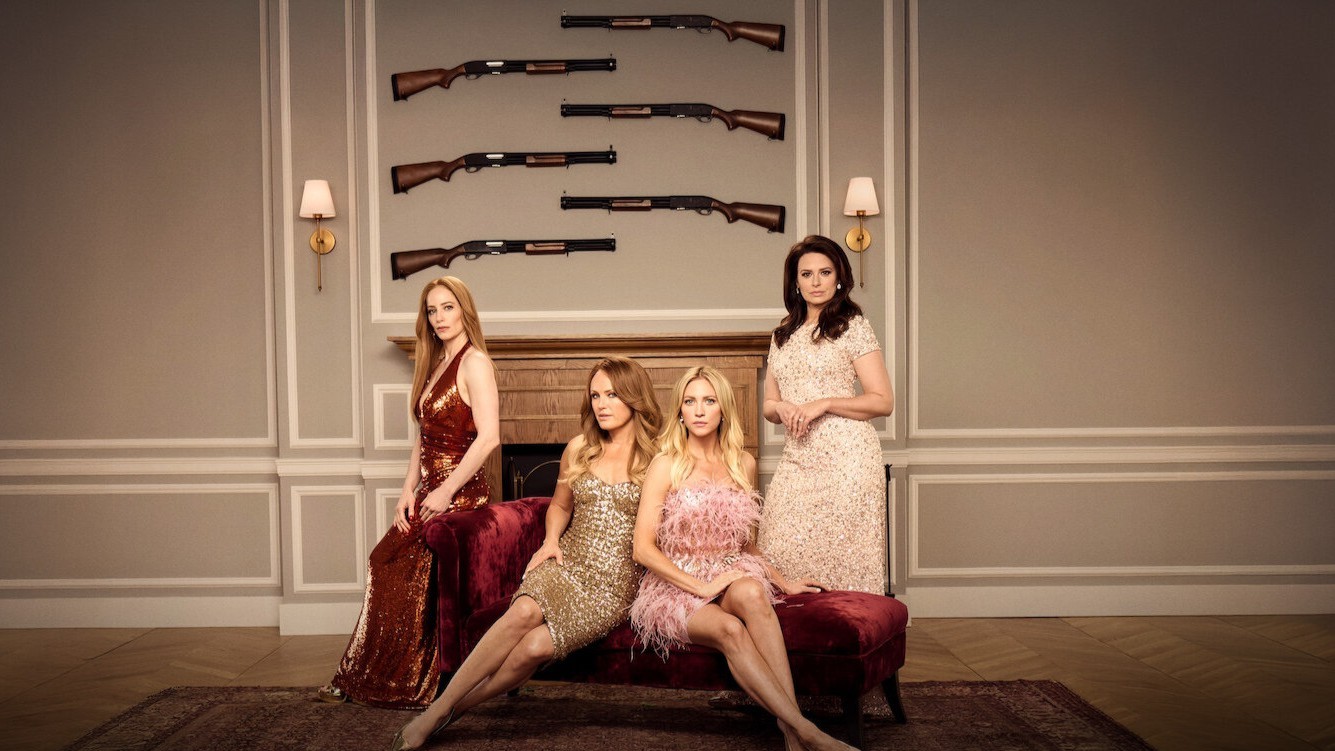‘Shrill’ and the punk rock activism of eating a meal.
Shrill's Annie Easton gets to eat food without her show judging her and that's badass.
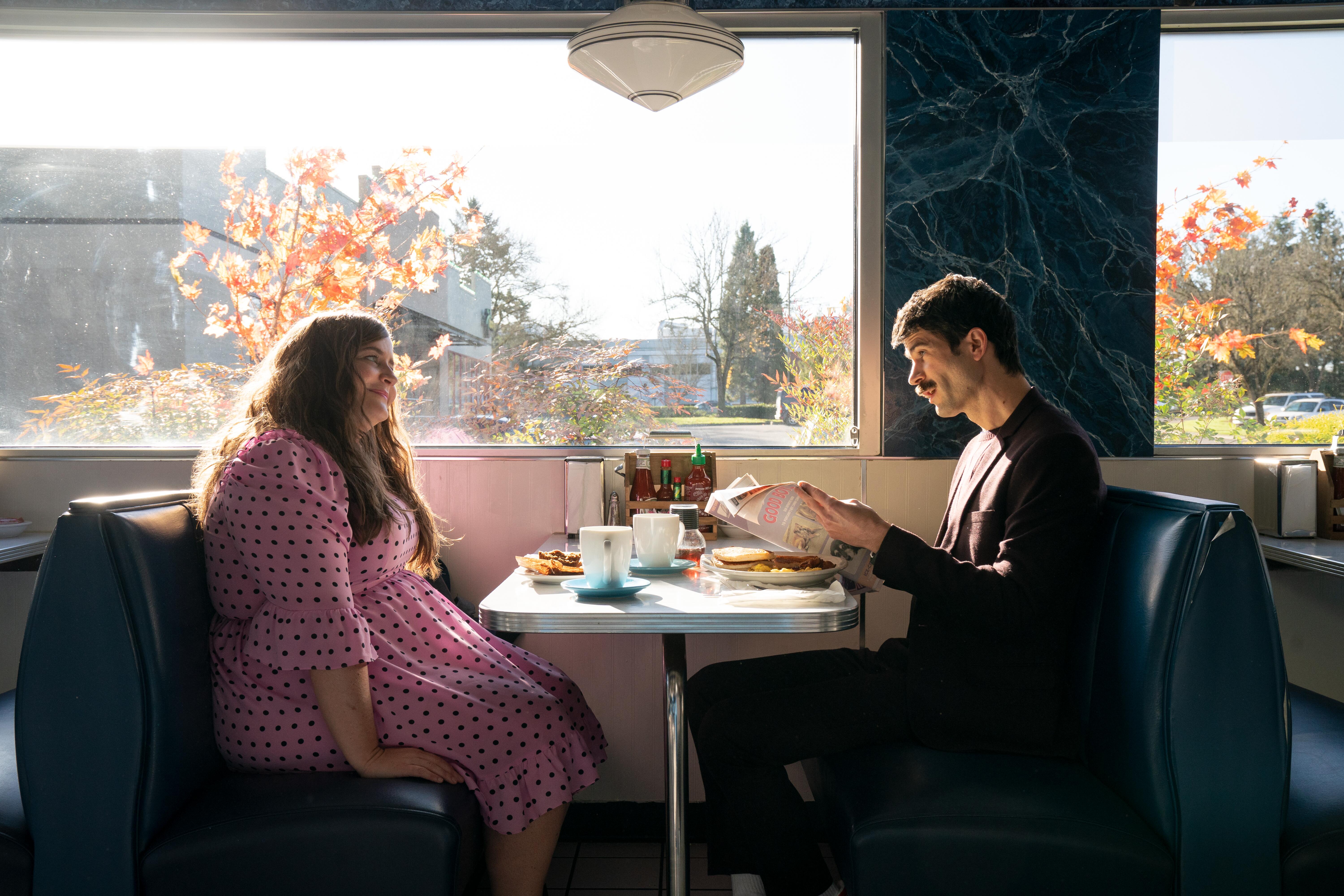
Shrill, the TV adaptation of Lindy West’s book, “Shrill: Notes From a Loud Woman,” has always put its lead’s body front and center. Annie (Aidy Bryant) is fat, and the show chronicles a woman like her navigating millennial life. In season one, Annie went on an adventure towards confidence. Never apologizing for it, she learned to own her appearance, and find the freedom of daring to love herself. By season two, Annie had changed her perspective, calling herself “hot” and speaking positively about having “big titties and a fat ass.” She danced in a bathing suit with other thick babes, she got male attention, and her essay about owning her weight, “Hello, I’m Fat,” went viral. She rallied the confidence to confront her online troll, to demand better from her boyfriend, to ask for what she wants in job interviews, and to dare to flirt and socialize with people she’d previously perceived as out of her league. In the third and final season, Annie is riding career momentum and learning to ask for what she deserves in all aspects of her life. Her acceptance of her own body allows her to navigate the world in an entirely new way.
But that won’t stop the world from judging her. That won’t stop the world from treating her the way it treats fat women.
Annie, and by extension, Aidy Bryant, is punk rock. Why? Because she dares to eat meals.
So much of the way the world treats fat people, particularly women, involves putting them down and deflecting to concerns over health. The manifestation of that is often the judgment of what fat women eat. Fat women are often meant to preform, to justify their eating habits, to fain shame when they indulge. Characters like Annie, and women like her in real life, must perform eating as a vice, and show off how they’ve at least tried to lose weight. Fat women on screen are often made to be the butt of the joke, their eating played for a gag or shown during moments of weakness. But not Annie Easton and not in Shrill. In Shrill, Annie, a fat woman, eats meals. And it’s activism, baby.
Annie learns to push the world out of her way, but the requisite confidence can only take her so far. She is still unable to control how the world perceives her. The men who reject her, the way she’s treated at work, and being pigeonholed into writing the “fat woman” stories shows that her own self-acceptance is only part of the equation. So inherent in culture are phrases like “guilty pleasure,” “cheat day,” and “healthy,” as an insert for “low calorie.” By ordering a milkshake on a coffee date, Annie has done some quiet activism.
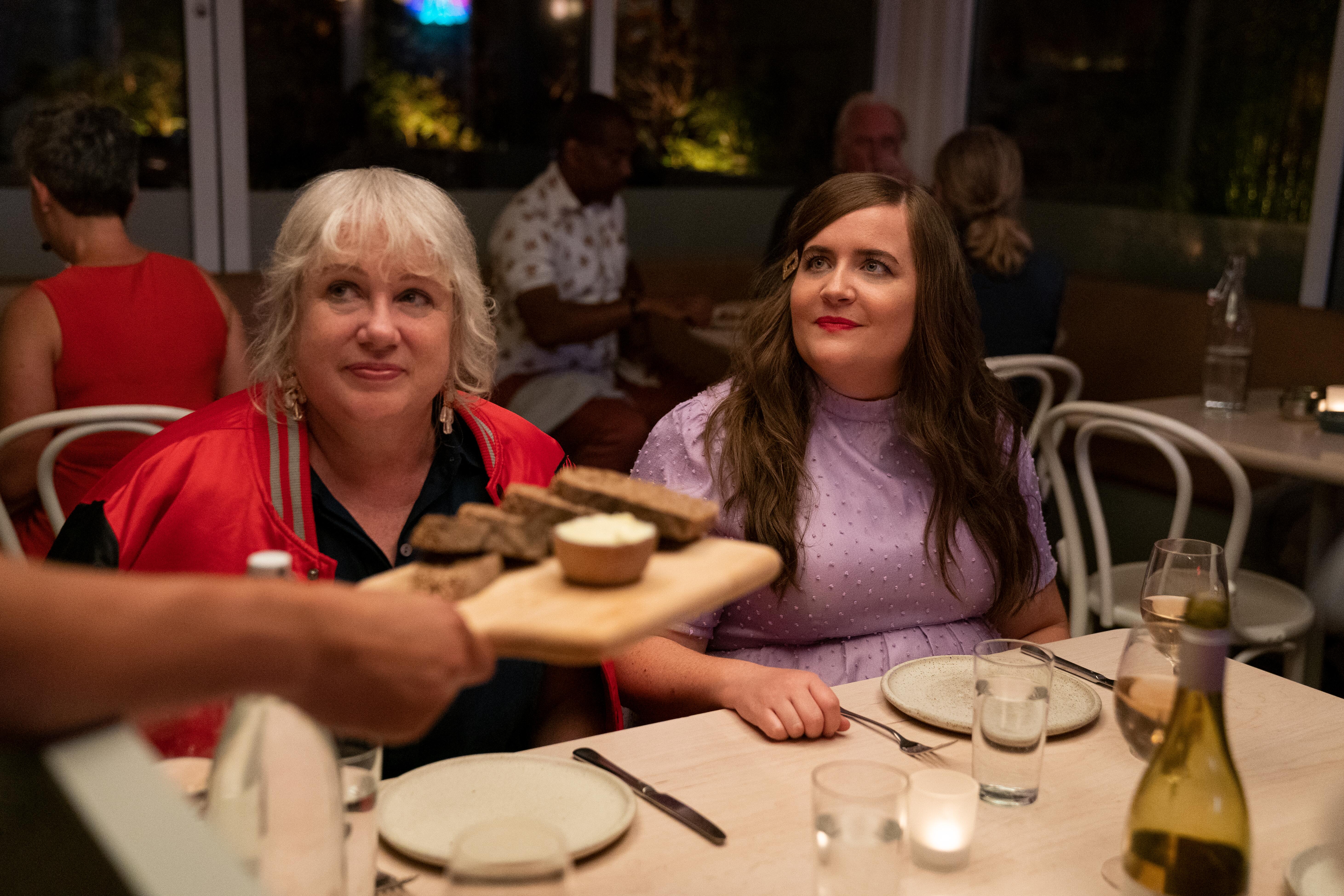
The body positivity movement (a movement that grew through its own issues of white feminism, later embraced more intersectional activism, and while activists like Sonya Renee Taylor continue to do important work, has since become a social media buzz-phrase) largely puts the onus on the individual to learn to love and accept the body that the rest of the world refuses to. Body positive social media influencers who are visibly fat are often targets of ire and harassment online. When they participate in exercise or what is perceived as “healthy” eating, they’re called traitors, and if they eat what they want, they’re shamed for it. Finding self confidence and bodily acceptance can and does turn one’s life around. But that won’t stop the world from looking at a person, what they’re eating, and judging it.
Of every moment of owning her body that allows Annie to grow as a person, the part of the show that punches in the gut are her moments of frustration when people comment on food. Sitting across from her mother, at a restaurant with her father and boyfriend, Annie struggles through her mother’s typical fusses over food while trying to enjoy her own. When Annie dares suggest ordering dessert, her mother, Vera (Julia Sweeney), replies “we’ve just been so bad.” To wit, Annie replies “How have you been bad? It’s food. We’re literally just having a meal like every other person in this f***ing restaurant.”
The latest updates, reviews and unmissable series to watch and more!
And that’s truly it. Humanity eats to live (and some of us live to eat). There’s an entire infrastructure and industry based on this specific want and need, of restaurants, delivery services, apps, and stores that dare to sell this evil food all set around eating a meal. But for women like Annie and her mother, to eat a meal is to “be so bad.” Of all the rules a woman can break, all the bras we can burn, and all the confidence we dare to exude, it remains punk rock as hell to simply eat a meal.
The fictional Annie Easton isn’t the only woman breaking down this wall. Lizzo’s Instagram dares to have a fat Black woman looking and posing sexy as hell. Her handle is “LizzoBeEating,” and she often posts herself dining. The audacity. Not only is Lizzo daring to exude sexiness without looking like the very specific version of beauty demanded of women, but she’s also daring to reference the consumption of food. By contrast, there are accounts like “youdidnoteatthat” which presume women are just posing with food for likes. There are influencers selling Flat Tummy Tea and boasting its ability to curb cravings. There are even more who boast about their goals while posting posed photos to show their “before”s.
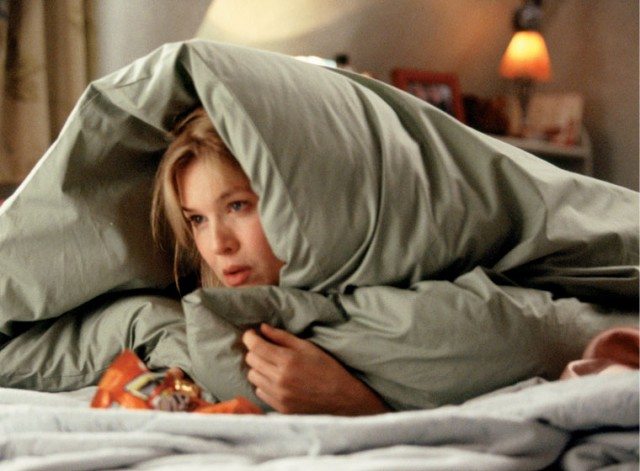
As I scratched out these words, I peered over my laptop to catch part of an old sitcom. Between segments, there was a commercial for a Big Mac Bacon, and another for the newly named “WW” showcasing people smiling and eating fondue while a floating graphic of “lost 29 lbs” is slapped across their chests. Back to the show, Niles Crane (David Hyde Pierce) is navigating telling Daphne (Jane Leeves) that it’s okay that her emotions made her fat, but he’s actually incredibly concerned. Daphne is fat, of course, because the actress who plays her is pregnant, which the show turned into gags about a distressed woman overeating.
It’s impossible not to notice how the consumption of food is deemed a negative, while the happy consumption of food is a slice of freedom reserved for those able to lose weight. The negative consumption of food is reserved for women in a state of turmoil, often shown bent over cake or ice cream. Annie Easton overcomes the need to preform weight focused actions like eating “Thin Menu” meals and exercising with her mother. On her way to hookup, she gorges on fried food. After dinner with her parents, she grabs ice cream. When her roommate’s brother makes pasta, she happily eats it alone by the light of the fridge. Never is it for comic relief and never is it portrayed as a negative. More often, it’s in a state of triumph or it doesn’t matter to her mood at all. And that’s punk rock.
In Shrill, Annie is shown as a college student swapping meal replacement bars for pizza. She swaps her diet plan for happy snacking and casual eating. And her body never changes. Shrill graduates from focusing on the stress that food and eating causes Annie, to focusing on the food she consumes without ever addressing her body. Over a crab boil with her new boyfriend and friends, Annie eats, and the fat woman eating on screen is just about happily enjoying a meal and nothing else.
Annie grows in a way almost any of us would admire, by learning to accept herself, she has better sex, more fun, expands her social circle, and gets more respect at work. But Annie’s most punk rock slice of activism, Annie’s biggest struggle and most negatively perceived of all of her actions, is her daring to simply eat a meal at mealtime. Truly an icon, let’s all drop our bras and lighters and sit down over some pasta for the cause.
Lindsay Traves is a Toronto-based writer. After submitting her Bachelor’s thesis, “The Metaphysics of Schwarzenegger Movies,” she decided to focus on writing about her passions; sci-fi, horror, sports, and comic books. You can find her writing on CGMagazine, Pajiba, What to Watch, Grim Magazine, StarTrek.com, and Bloody Disgusting and can follow her work on Twitter and Instagram. You can also check out her podcast, The Pod and The Pendulum, at your usual podcast spots and find The Smash List on YouTube for tech reviews.
